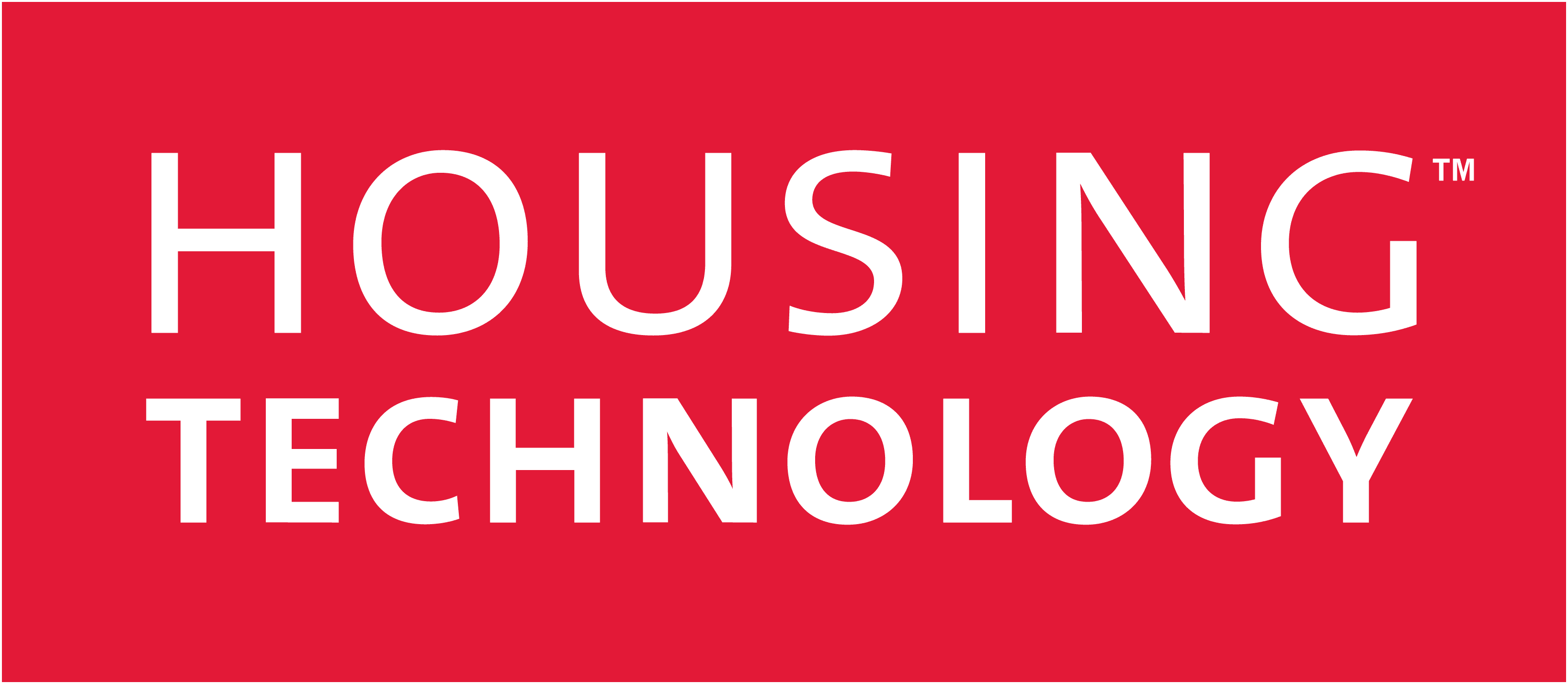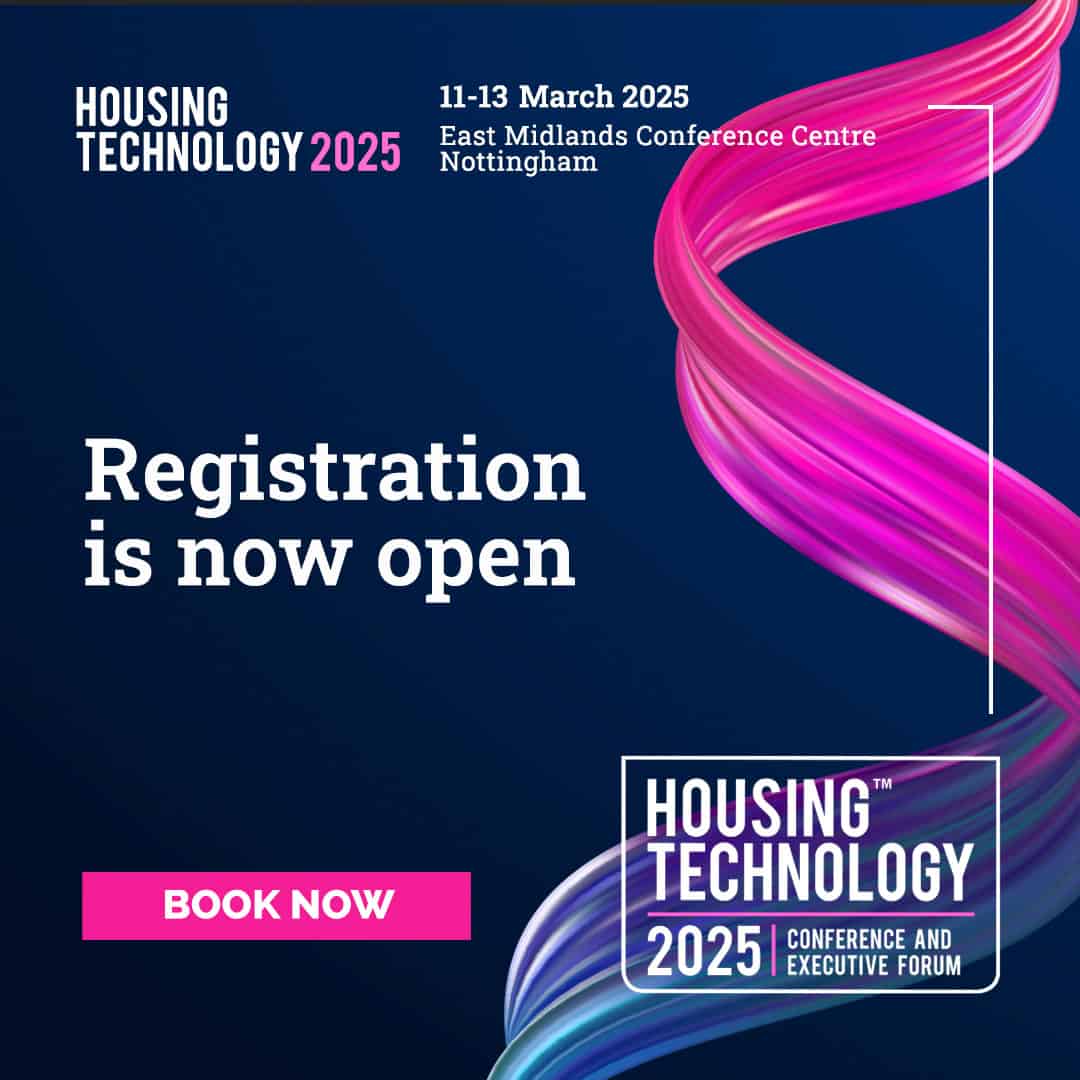As new technology keeps flooding into the housing sector and new sources of data emerge, imaginative ways to put them to good use are surfacing on a daily basis. You only have to read the pages of Housing Technology to see what’s possible.
And it’s also clear that the way in which housing providers are using data is starting to change. As a result, teams embracing new technology, such as housing and asset management departments, are becoming increasingly confident in their use of data. Local pockets of expertise are springing up as new data is being used to hone the efficiency and effectiveness with which local services are delivered.
Those people in roles such as performance reporting or strategic insight are therefore adapting what they do. They can find themselves involved in providing information to the business and in supporting those working with data across the business.
As specialists in data analytics and visualisation, we joined a panel of experts in May on a webinar titled ‘Making better use of data for smarter decisions’.
It was clear from the answers to questions such as ‘what data will we need in the future?’ and ‘what are the future challenges that will demand better use of data?’ that there are critical decisions ahead which may demand an as-yet-unseen level of coordinated and carefully-planned engagement with data.
The examples offered included reducing costs in line with falling rent levels, preventing homelessness and supporting communities of residents as they get older.
From our experience, somewhat counter-intuitively, for decisions such as these, the first step is to put all questions about data to one side, and focus instead on the people whose job it is to make the decision-making process work – made ever more challenging by the increasing quantities of data available and the complexity of the issues to resolve.
These are the people with the deepest knowledge of the business. They might be operations managers, management accountants, repairs supervisors or HR managers. And alongside them are, of course, the information professionals within the CIO’s and IT director’s teams as well as those involved in performance reporting and strategic insight.
Collaboration is crucial
The decision process starts with them collaborating in the design of the information required to support the decisions ahead.
Crucially, this collaboration extends to the decision makers themselves. Whether they are the executive team or the board of trustees, they will have information needs that relate directly to the decisions to be made and to the way in which they, as a group, will work most effectively.
For example, imagine being the operations manager for, say, a supported housing service. You are tasked with proposing how the business will maintain its communities of elderly residents over the next 10 years in the face of increasingly complex support needs, rising service costs and zero-growth levels of income.
A series of decisions will be needed, from both the executive team and the board of trustees, probably comprising a large number of people with infrequent involvement in day-to-day business operations and hailing from a wide range of disciplines and backgrounds.
The information they receive must make the issues, choices and options immediately understandable, and ensure that everyone understands them in the same way. This information will almost certainly need to be highly visual in nature.
Make it visual
It’s not just that a picture is worth a thousand words. But among any group of people tasked with making a decision, some may want to see a detailed spreadsheet, others may want a three-page report, and some may be dyslexic and struggle with both. Simple and highly-effective infographics can bring everyone literally onto the same page.
The design process is therefore critical. What information is needed? How should it be presented? What supporting evidence is needed? How can it be laid out such that the eye is drawn naturally to the points at issue and the choices and options available?
In tackling these questions, the design process will make it easier and faster for those involved to reach a common understanding of the issues at hand. It will also clarify exactly what data is needed.
In the case of our operations manager in the supported housing service, the design effort centred on an infographic capturing the likely benefits if community volunteers and family members took over some of the tasks currently performed by the professional caring staff, aided and abetted by the latest assistive technologies.
The data needed for the infographic related to the activities performed by the professional staff and how these would change under different scenarios. Although there were significant data quality issues, thanks to the inclusive nature of the information design process, they didn’t stand in the way of the debate or slow the decision-making process.
It’s all about the people in the process
For the big decisions ahead, our recommendation for the best way to get the greatest value from all the data with us today, and from the large volumes starting to materialise as IoT projects gather pace, is to focus on the key people in the process.
Our recommendation is also to worry less about whether the business has the right data for the decisions ahead and to focus instead on designing the information needed for the right decisions to be made. Even if the right data is missing, it will be clear what’s needed, and it might be possible to source enough for progress to be made.
It’s the ability of those in the process to build a consensus relating to the most pressing issues facing the business, and then design information to make the right decisions happen, that will help the business to realise full value from its data.
Paul Clarke is a director of Develin Consulting.


